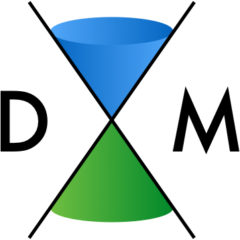
- This event has passed.
Ren-Shu Wang – Exploring superconductivity in organobismuth molecules
2019-11-07 @ 16:15 - 16:45
Exploring superconductivity in organobismuth molecules
Ren-Shu Wang
Center for High Pressure Science and Technology Advanced Research, Shanghai 201203, China
Recently, novel quantum phenomena such as topological insulators and superconductors were suggested in organometallic materials. Three different types of organobismuth molecules, including triphenylbismuth (TPB), tri-p-tolylbismthine (p-TTB), and tri-o-tolylbismthine (o-TTB), were investigated to explore organic superconductivity by alkali metal doping. The target organic molecules have similar structures, expect for the type and the position of the functional group. The dc and ac magnetic susceptibility, and electrical resistivity measurements reveal that all these doped molecules exhibit superconductivity, and their Tc’s vary from 3.5 (and/or 7.2) to 3.6 (and/or 5.3) and 3.6 K for K-doped TPB, p-TTB, and o-TTB, respectively. The shield fractions (SFs) of the main superconducting phases at 1.8 K are 3.74%, 18%, and 17% for K-doped TPB, p-TTB, and o-TTB, respectively. In comparison with TPB, adding the -CH3 groups in p-TTB and o-TTB do not make much difference for Tc of main phase rather than bringing about the increase of the SF, indicating that the simple addition of functional groups is an effective way to tune (super)conductivity in such materials. The main superconducting phases and their composition in these molecules are determined by combined studies of X-ray diffraction and theoretical calculations as well as Raman spectroscopy measurements. These findings enrich the applications of organometallic compounds in superconductivity and add a new electron-acceptor family of organic superconductors.
